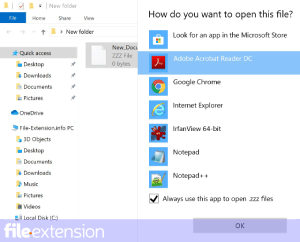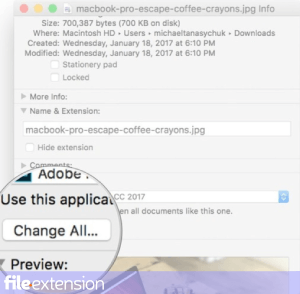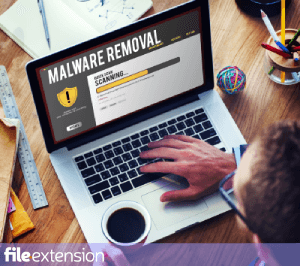.png)
(D) File Extension
PcAnywhere Temporary
-
DeveloperSymantec Corporation
-
Category
-
Popularity3.2 (4 votes)
What is (D) file?
(D) filename suffix is mostly used for PcAnywhere Temporary files. Symantec Corporation defined the PcAnywhere Temporary format standard. Files with (D) extension may be used by programs distributed for platform. (D) file belongs to the Misc Files category just like 6033 other filename extensions listed in our database. The most popular software that supports (D) files is pcAnywhere. pcAnywhere software was developed by Symantec Corporation, and on its official website you may find more information about (D) files or the pcAnywhere software program.
Programs which support (D) file extension
(D) files can be encountered on all system platforms, including mobile, yet there is no guarantee each will properly support such files.
How to open file with (D) extension?
Being unable to open files with (D) extension can be have various origins. Fortunately, most common problems with (D) files can be solved without in-depth IT knowledge, and most importantly, in a matter of minutes. We have prepared a listing of which will help you resolve your problems with (D) files.
Step 1. Download and install pcAnywhere
 Problems with opening and working with (D) files are most probably having to do with no proper software compatible with (D) files being present on your machine. To address this issue, go to the pcAnywhere developer website, download the tool, and install it. It is that easy On the top of the page a list that contains all programs grouped based on operating systems supported can be found. One of the most risk-free method of downloading software is using links provided by official distributors. Visit pcAnywhere website and download the installer.
Problems with opening and working with (D) files are most probably having to do with no proper software compatible with (D) files being present on your machine. To address this issue, go to the pcAnywhere developer website, download the tool, and install it. It is that easy On the top of the page a list that contains all programs grouped based on operating systems supported can be found. One of the most risk-free method of downloading software is using links provided by official distributors. Visit pcAnywhere website and download the installer.
Step 2. Check the version of pcAnywhere and update if needed
 If you already have pcAnywhere installed on your systems and (D) files are still not opened properly, check if you have the latest version of the software. Sometimes software developers introduce new formats in place of that already supports along with newer versions of their applications. The reason that pcAnywhere cannot handle files with (D) may be that the software is outdated. All of the file formats that were handled just fine by the previous versions of given program should be also possible to open using pcAnywhere.
If you already have pcAnywhere installed on your systems and (D) files are still not opened properly, check if you have the latest version of the software. Sometimes software developers introduce new formats in place of that already supports along with newer versions of their applications. The reason that pcAnywhere cannot handle files with (D) may be that the software is outdated. All of the file formats that were handled just fine by the previous versions of given program should be also possible to open using pcAnywhere.
Step 3. Assign pcAnywhere to (D) files
If the issue has not been solved in the previous step, you should associate (D) files with latest version of pcAnywhere you have installed on your device. The process of associating file formats with default application may differ in details depending on platform, but the basic procedure is very similar.

Selecting the first-choice application in Windows
- Right-click the (D) file and choose option
- Next, select the option and then using open the list of available applications
- The last step is to select option supply the directory path to the folder where pcAnywhere is installed. Now all that is left is to confirm your choice by selecting Always use this app to open (D) files and clicking .

Selecting the first-choice application in Mac OS
- Right-click the (D) file and select
- Open the section by clicking its name
- Select the appropriate software and save your settings by clicking
- Finally, a This change will be applied to all files with (D) extension message should pop-up. Click button in order to confirm your choice.
Step 4. Verify that the (D) is not faulty
Should the problem still occur after following steps 1-3, check if the (D) file is valid. Problems with opening the file may arise due to various reasons.

1. The (D) may be infected with malware – make sure to scan it with an antivirus tool.
If the (D) is indeed infected, it is possible that the malware is blocking it from opening. It is advised to scan the system for viruses and malware as soon as possible or use an online antivirus scanner. If the (D) file is indeed infected follow the instructions below.
2. Ensure the file with (D) extension is complete and error-free
If the (D) file was sent to you by someone else, ask this person to resend the file to you. The file might have been copied erroneously and the data lost integrity, which precludes from accessing the file. It could happen the the download process of file with (D) extension was interrupted and the file data is defective. Download the file again from the same source.
3. Check if the user that you are logged as has administrative privileges.
Some files require elevated access rights to open them. Log out of your current account and log in to an account with sufficient access privileges. Then open the PcAnywhere Temporary file.
4. Make sure that the system has sufficient resources to run pcAnywhere
If the systems has insufficient resources to open (D) files, try closing all currently running applications and try again.
5. Check if you have the latest updates to the operating system and drivers
Up-to-date system and drivers not only makes your computer more secure, but also may solve problems with PcAnywhere Temporary file. Outdated drivers or software may have caused the inability to use a peripheral device needed to handle (D) files.
Do you want to help?
If you have additional information about the (D) file, we will be grateful if you share it with our users. To do this, use the form here and send us your information on (D) file.

 Windows
Windows 
